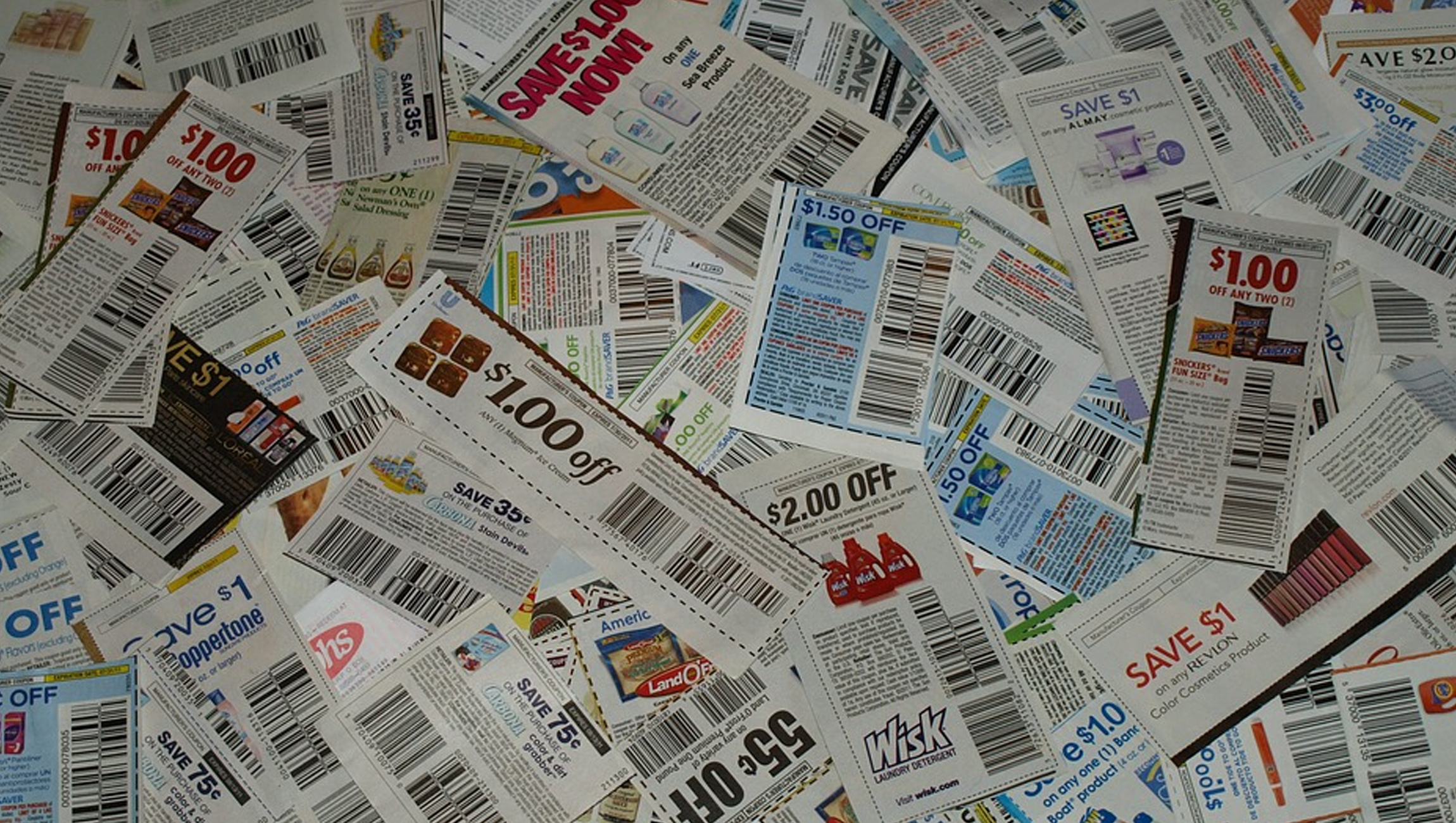 Justin is buying a pair of sneakers online. He gets to the checkout page and sees a coupon code box asking him if he has a coupon. He doesn’t, but thinks, “Why should I pay the full price for these sneakers when I can get them cheaper?” He leaves the checkout so he can Google a coupon. Five minutes later, Justin is buying his sneakers from a different online retailer because he found a coupon for the same shoes on that site.
Justin is buying a pair of sneakers online. He gets to the checkout page and sees a coupon code box asking him if he has a coupon. He doesn’t, but thinks, “Why should I pay the full price for these sneakers when I can get them cheaper?” He leaves the checkout so he can Google a coupon. Five minutes later, Justin is buying his sneakers from a different online retailer because he found a coupon for the same shoes on that site.
This is frustrating for the retailer, who’s discounts and customer loyalty efforts have just ended up losing – rather than retaining – them a valuable customer. Justin was right there, ready to seal the deal, oh so close…but dropped off when prompted for a promo code he didn’t have, but really wanted. Who doesn’t want a discount if they see it’s an option?
The retailer was trying to encourage the purchase on their site via a promo code. Instead, this attempt caused them to lose the sale.
Also Read: Why Your CRM Is Lying to You
Clicktale analysis has clearly observed how visitors can get visibly frustrated trying to fill in promo codes with no success, and abandon at the checkout stage. One example is a major service provider’s site. In the middle of signing up for the service, a visitor tries to fill in a promo code several times. Nothing happens. With no change to price or no error message giving an explanation or alternative code, the visitor gives up and leaves the page without completing the form. The service provider has lost a new customer because their promo code process was defective.
Promo codes are becoming more widespread in digital commerce, but the jury is still out on whether their impact is positive or negative. The need has become more pressing to find the right balance between enticing digital commerce consumers with a promo code on the one hand, and on the other hand, ensuring that when they’re alerted to the possibility of a discount on their purchase, they don’t drop off to find one.
Overall, promo codes can help conversion, but with more and more people abandoning their carts to coupon hunt, you must be smart about how and when to apply them so they don’t turn into a roadblock.
Also Read: AI Primer: How Smart Technology Makes Businesses Better
Here are a few do’s and don’ts that will help you make the most out of your promo codes.
- Don’t make the call for a promo code too prominent in the checkout flow. For customers who weren’t planning on using a promo code, the presence of the promo code option can backfire and instead, prompt them to leave your page in search of a coupon. As a result, they could make their purchase on a different site altogether.
- Do add a link alongside the promo code field that will take visitors directly to a list of valid coupon codes from the checkout page, or add coupon promos directly to the cart page.
- Do present the price and benefits more prominently, and ideally present the price as already discounted in some way (e.g., via crossed-out price to visually indicate the already-reduced pricing). Consumers are less likely to search elsewhere for a lower price if they’re presented with a discount, no matter how small.
- Don’t use a large open field for the promo code. It will create a distraction for customers who weren’t necessarily looking to use a coupon.
- Do add a link or present the promo field within an accordion so it will be less distracting for those not actively seeking out a promo code field – but still serve those with an active promo code at hand.
- Don’t say promo codes have been accepted when eligibility for that code is very limited or no longer active. If the code is limited, be sure to explain this upfront to avoid inflating user expectations and creating further frustrations and pain points down the road.
- Do hide the coupon entry field unless visitors arrive on the page via an affiliate link or email campaign, whose URL includes a parameter indicating they have a promo code stored in their session. At the checkout page, display the promo code box for that customer only, so all ineligible customers don’t see the box at all.
- Don’t leave your customers hanging when their promo code is invalid. This will make them angry. Chances of them confirming their order will seriously diminish, and they could go elsewhere to buy.
- Do give them any other promo code when theirs doesn’t work. This will get them over that hurdle and stop them from abandoning.
- Do include a link to a list of current deals on the website and place it alongside the voucher field or in the error message for high visibility so customers don’t feel the need to abandon and look elsewhere for deals.
- Don’t let these speed bumps turn into show stoppers.
- Do A/B testing of presenting a promo code on the cart page directly.
Using the best practices we’ve detailed above, you can avoid the kinds of pitfalls that often send customers in a new direction, away from your site, and create additional revenue opportunities.
Recommended Read: Battle of Two Giants in 2018 Will Inspire Everybody Else to Think Differently



